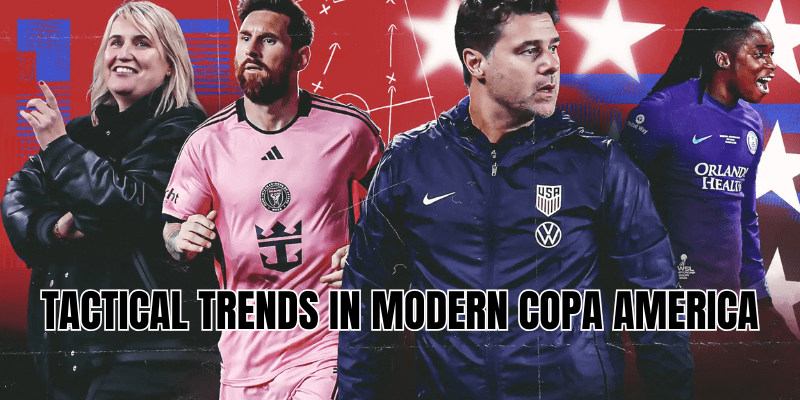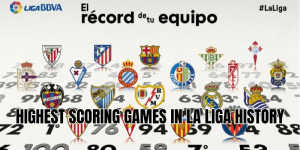The tactical trends in modern Copa America have evolved into a thrilling hybrid of structure, creativity, and ruthless efficiency. In this article, DaoKick will take you into the engine room of contemporary South American football, dissecting how formations, pressing schemes, transitions, and design philosophies are shaping the continental showpiece today.
The Changing Tactical Landscape In South America
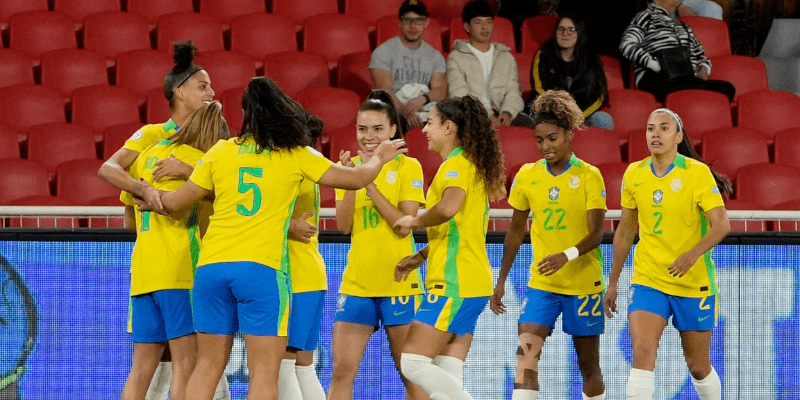
South American football has always been about flair, individual brilliance, and attacking valor. Yet, in recent editions of Copa America, we’ve seen a shift: teams are blending that expressive tradition with European rigor, athleticism, and data-driven strategic underpinnings. National coaches are increasingly adopting hybrid systems that balance risk and control. They prioritize not just getting forward but also defending spaces smartly, recovering possession aggressively, and converting transitions with devastating speed.
In the 2024 edition, for instance, counterpressing emerged as a foundation rather than a luxury — especially among elite teams. Meanwhile, the ubiquity of inverted fullbacks, midfield rotations, and zonal overloading indicates a tactical convergence: flexibility + identity. Below, we break down the key trends you must know.
High-pressure defense and counterpress dominance
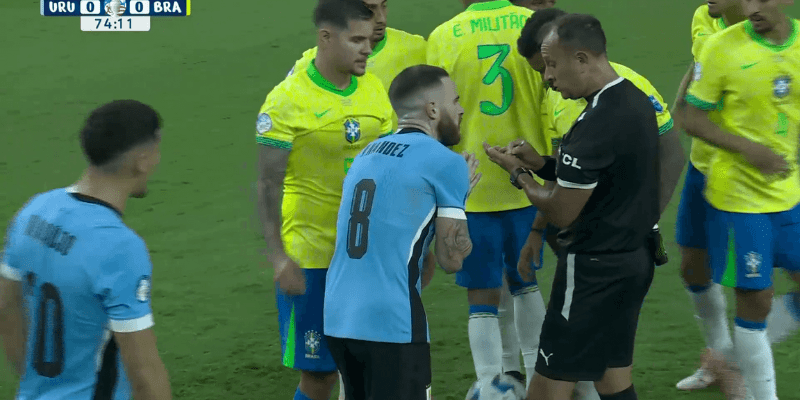
One of the clearest tactical trends in modern Copa America is the normalization of aggressive pressing and counterpressing (or “Gegenpressing-style”) as a defensive baseline. Teams no longer sit back and absorb; instead, they hunt the ball immediately after loss.
###ounterpress as a non-negotiable
Argentina, Uruguay, Colombia and several others leaned heavily on counterpressing phases to suffocate opponents’ buildups. The moment a pass is misplaced, multiple players immediately swarm to cut passing lanes and recover in advanced zones.
This strategy accomplishes two things: it disrupts the opponent’s rhythm and often yields dangerous transitions.
High defensive lines with trigger-based compression
Another sibling trend is the use of high defensive lines that compress when the ball enters specific zones. Fullbacks and center backs stay relatively high, but the moment play enters the “red zone” (usually between midfield and final third), teams shift compactly, pinching central channels. This compress–release tactic is seen especially in matches involving Argentina and Colombia.
Flexible formations and positional fluidity
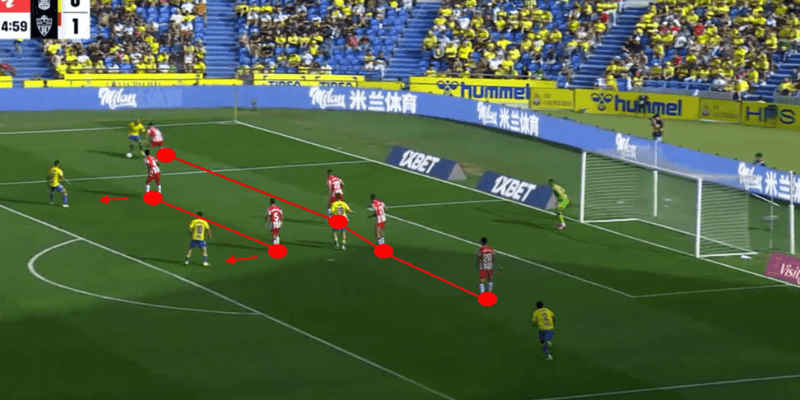
Rigid formations are passé in modern South America. Coaches now demand positional interchanges, inverted runs, and rotational overloads.
Inverted fullbacks & half-space overloads
Fullbacks don’t just hug the touchline. In many systems, they invert into midfield when possession is established, creating overloads or numerical superiority in central zones. This helps in combination play and in protecting against opponent counterattacks down the flank.
Simultaneously, wingers or midfielders will slide into the vacated wide space, giving width while preserving central dominance.
Midfield rotations and shape morphing
Teams often start with “nominal” formations like 4-3-3 or 4-2-3-1, but in possession they morph into 3-4-3, 3-5-2, or even 2-5-3 shapes. Central midfielders shuffle, one may drop to assist build-up, another drift wide, and yet another push forward as a support runner.
This fluidity makes defensive tracking harder and allows teams to overload in different sectors depending on opponent weakness.
Hybrid identities over pure philosophies
Rather than committing purely to “tiki-taka” or “vertical counter,” many national squads mix styles. In build-up phases they prioritize short passing, positional rotation, and controlled tempo; in transition, they break with speed and vertical thrust. This duality is now a hallmark of modern Copa America tactics.
Transitions: the fulcrum of turning defense into attack
If pressing is the sword, transitions are the dagger — and the fastest teams are winning more battles.
Rocket-fast vertical surges
Recovering possession in or around midfield triggers instantaneous vertical passing — typically into wide channels or between the lines. Teams aim to find runners before the opponent can organize into shape.
This pattern was evident in several knockout matches in 2024, where counterattacks born out of pressure yielded high xG chances.
Line-breaking passes and diagonal pivots
Rather than only relying on side switches, many teams increasingly use line-breaking passes (through the lines) or diagonals to pierce compact defenses. These riskier passes demand precision but can unlock doors the wide game cannot.
The emphasis is on progressive passing, vertical penetration, and exploiting pockets either side of the opponent’s pivot.
Transitional defense — reacting fast after the surge
The flip side is that after the initial attack, teams must quickly recover. Some squads maintain an “emergency back line” that’s ready to close behind them. Others use midfielders tasked to track runners. This transitional discipline is vital — a failed counterpress too aggressive can leave you exposed to the counter.
Set pieces, fouls, and “controlled chaos”
Tactical discipline isn’t limited to open play — dead ball strategies and fouling mechanisms have also grown more sophisticated.
Tactical fouls and controlled disruption
Copa America has revived the concept of “tactical fouls” as art. Some teams intentionally stop promising attacks before they gain momentum, often with subtle fouls or slowdown provocations. These moments pack psychological weight too.
Some coaches openly instruct players to harass and press the referee line if needed, creating a bit of chaos to influence match tempo.
Set-piece specialization and zonal-matching
Given the physicality and tight spaces of South American football, proficiency. Teams now meticulously plan zonal/man-mark hybrid systems, with routines to free a runner or blindside markers.
Also, goalkeepersd defensive units frequently shift lines dynamically — sometimes stepping up to 30–40 meters.
Case studies: Argentina, Colombia, Brazil
To anchor these trends, let’s peer into the tactical blueprints of three standout squads in the latest Copa America.
Argentina: structure meets flexibility
Scaloni’s Argentina managed to combine defensive solidity with attacking invention. In possession, they often hovered between 4-3-3 and 3-4-3 shapes, using rotations in midfield to unbalance opponents. Counterpress was central — any loose ball triggered immediate swarms.
They also showed intelligence in game management: tempo control, burst surges, and wasteful transitions when needed. The fact they won all group stage matches without conceding is a testament to this balance.
Colombia: controlled aggression and compact structure
Colombia under Lorenzo impressed with disciplined compactness, quick transitions, and a cohesive defensive core. They often built, they mixed patient buildup with sudden vertical detonations — especially between the defensive thirds. Their run to the final largely rested on this ability to shift tempo.
Brazil: freer wings and expressive flair inside structure
Brazil tried to strike the balance between aesthetic freedom and structure. After a slow start, the coach liberated certain creative players like Vinícius Jr, giving them more license to roam.
Yet, the underlying defensive framework remained disciplined: pressing triggers, zonal blocks, and transition counters complementing the flourish in possession.
Challenges and tactical constraints in Copa America
While modern tactics bring sophistication, Copa America presents unique obstacles:
- Travel, altitude, and fatigue impede pressing intensity over multiple games.
- Player turnover and limited training time make installing complex systems risky.
- Referee leniency variability can affect how daring teams can be with pressing and fouling.
- Surface and stadium inconsistencies make passing and build-up fragile in some venues.
Coaches must therefore calibrate between high-risk aggressive systems and conservative fallback modes.
Future trajectory: where will tactical trends go next?
Looking ahead, the tactical trends in modern Coparica are likely to evolve along several axes:
- Data-driven micro-decisions: Using real-time metrics to tweak pressing speed, zone cover, or transitions mid-match.
- Adaptive AI coaching assistance: Helping coaches identify opponent soft spots and suggest tactical shifts on the fly.
- Even more fluid identities: Squads might abandon fixed numbers altogether, becoming dynamic “pools of roles.”
- Intercontinental triggers: South American teams may adopt strategies.
Final Thoughts
In modern South American football, tactical trends in modern Copa America reveal a tournament where structure and creativity aren’t enemies — they are partners. We see pressing and counterpressing as foundational, positional fluidity as a norm, transitions as fatal weapons, and set-piece mastery as a deciding edge.
At DaoKick, we believe that if you understand these tactical undercurrents, you don’t just watch the Copa you experience it. Want to dive deeper into a specific team’s systems, or see a match-by-match tactical breakdown? Let’s explore together — your next read is waiting.
